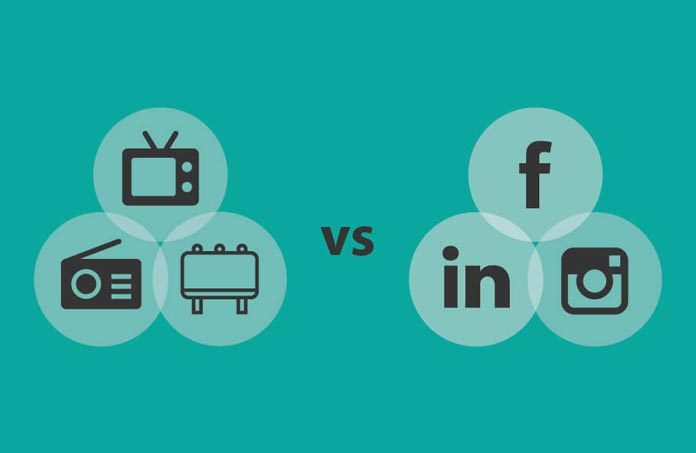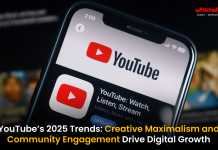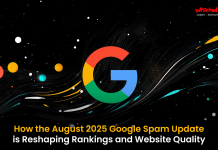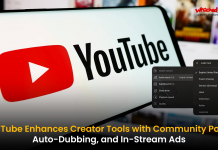The rise of popularity of social media has resulted in platforms like Facebook, Instagram and Twitter becoming more than just a means to keep in contact with family and friends. Social media is also used by various brands and companies to interact with customers and promote their brands as well. With more and more people preferring social media over televisions, newspapers, and radios, which are forms of traditional media, brands are also shifting their attention from traditional to digital media. Let’s take a look at what is digital media and how it is overtaking traditional media.
What is traditional media?

Traditional media, also known as old media or legacy media, consists of print media, film studios, radios, newspapers, and televisions. Traditional media marketing is often referred to as outbound marketing, as it is done through traditional media platforms and sends out messages to the customers instead of initiating conversations. The target audience of traditional media is a largely anonymous mass audience and such kind of marketing can be described as one-way communication. Of all the forms of traditional media present, television advertisements are considered to be the most expensive form of marketing and have the ability to reach a huge audience. With the development of new technologies, traditional forms of media have lost their touch, compared to digital media.
What is digital media?
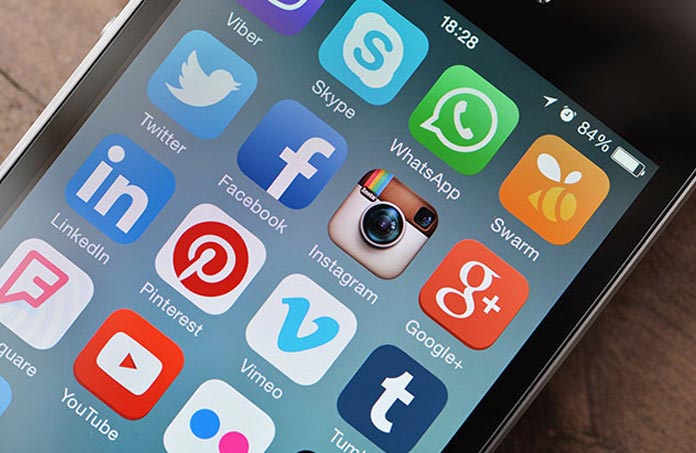
Various forms of media that can be encoded and rely on computers form a part of digital media. These can involve converting audio or visual input into digital formats and allow for the exchange of information in multiple forms. Digital media marketing through social networking sites, internet advertisements, podcasts, vlogs, and blogs has been dominating the internet for quite some time. Marketing through digital media is called inbound marketing, which is a process of attracting potential customers to the company, using internet content. Brands use various ways such as search engine optimization (SEO,) blog posts and influencer marketing to pull in customers with the help of digital media.
Decline of traditional media
With the rise of digital media in recent years, traditional media saw a sharp decline. As potential customers now have the ability to browse, research and discuss any company and come to their own conclusion, they are relying less and less on traditional media advertisements. Another reason for the decline of traditional media can be attributed to the customers’ ability to tune out of them by skipping commercials and changing radio stations. This often results in marketing campaigns being ignored or being seen as ineffective.
Why people prefer digital media
Nowadays, many brands lean towards digital media instead of traditional ones as people have shifted their focus to digital platforms due to their easy accessibility. Moreover, digital media have many other advantages attached to them, which makes companies prefer them over traditional media.
Some of the advantages of digital media are:
1. Flexibility
Compared to traditional media, digital media offers a higher level of flexibility and is less risky. Digital media offers a quicker way to rectify a mistake as it is easier to access the internet. Traditional forms of media, on the other hand, do not provide such advantages, as articles or advertisements in newspapers and televisions once published tend to be final and cannot be changed immediately. For example, if you publish an article in a newspaper with a mistake, you have to follow up with another article in the next issue, acknowledging and rectifying the same. However, in the case of digital media, you can correct mistakes immediately. Another benefit of digital media is, it allows you to make any adjustments or tweak your advertisements according to real time data.
2. Engagement

Traditional forms of media focus more on different ways to attract new customers through various attractive marketing strategies. However, they do not put any effort in retaining these newfound customers. Digital media operates in the exact opposite way by keeping the customers interested through targeted marketing and various interactive tools and uses these customers to gain more customers through “referral” marketing.
To understand how differently digital and traditional media work, we can compare a television advertisement with a short term Facebook ad campaign. In the case of television advertisements, more emphasis is put on attracting potential customers and convincing them to buy the offered services or products. However, zero effort is made to retain these newfound customers. The short term Facebook campaign prioritizes on retaining the new customers found through the campaign, by various interactive tools and by encouraging their fans and followers to act as their brand ambassadors. For example, a popular greek yogurt brand used Facebook as a storytelling platform where fans and followers of the brand left many original videos and post praising the brand. This left the brand with a huge number of user generated content to use for marketing purposes.
3. Cost effective
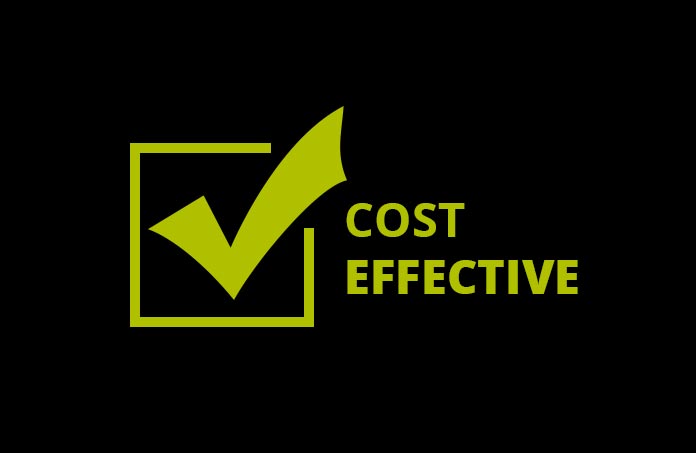
One of the main advantages of digital media is, it is inexpensive compared to traditional media. Forms of online marketing like email marketing, social media marketing, internet advertisements, search engine optimization (SEO) and search engine marketing (SEM) are preferred by many brands as most of them are very inexpensive to use. However, this is not the case when it comes to traditional media, where one has to invest a large amount of money to produce any kind of conversions. For instance, a full page black and white ad in a newspaper is quite expensive for a company with a budget. On the other hand, digital media tools like blogs and social media platforms are practically free to use. Hence, digital media is more cost effective and suitable for small businesses with fewer resources.
4. Time effective
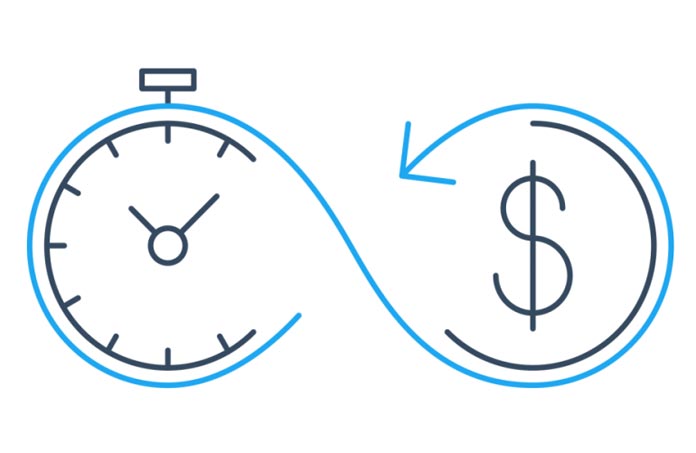
Marketing through digital media is immediate, whereas traditional media can take up more time. Marketing content through traditional media generally takes a lot of time to put together and has the possibility of being further delayed during its release to the public. However, in the case of digital media, it takes less time to create content for marketing purposes and as a result, takes lesser time to get published.
5. Interactive

Another great advantage of digital media is, it is a one on one marketing platform. Digital media marketing relies more on customer feedback and allows brands to build a community through social media. This community’s main focus is to promote what is good about the brand and learning what is not so great about it, through customer feedback. Eradicating the bad points in an effort to constantly grow and evolve according to the changing customer base is also one of the focus points of the community. The advantages of being interactive as a business can be understood with the example of a local laundry service, which uses social media to run campaigns for its business and provides various coupons and discounts to its followers. In addition to providing coupons, the business also uses its social media platforms for customer service, where customers are allowed to ask for help for any problem they face or raise any complaints about the business. This gives the business owner the opportunity to solve the problem on a timely basis as well as to show the customers that any problems faced by them will be solved immediately.
Meanwhile, in traditional media marketing, such freedom is not enjoyed by the brand. As traditional media is one way and a mass form of marketing, there is no way to know customer feedback. One has to, again, rely on social media to know the customer’s reaction to any advertisement published through traditional media. This is a huge disadvantage for traditional media, as customers expect the brand to communicate with them and solve their issues.
6. Targeted Marketing

Marketing through digital media is great if a brand’s main focus is its target audience. Brands, while using digital media to market their products, can decide how to create content based on various categories like age group, geographical location, interest and income level. This makes marketing more effective for various target groups. Moreover, as digital media is cost effective, it allows a brand to create multiple marketing campaigns suitable to various target groups. Target marketing is a very good approach to grow a company as it helps you reach customers who are genuinely interested in your products. For example, a digital marketing firm observed the Company’s organic traffic increased by 744% in just 12 months, after they shifted to creating content with a specific audience in mind. However, traditional forms of media focus more on mass marketing with a broad audience in mind, instead of a targeted one.
It is very easy to determine that digital media is very advantageous for many businesses, in the 21st century. Many companies are shifting to digital media as it helps companies in generating sales without investing much. The risk is less with digital media when compared to traditional forms of media. This has led to traditional forms of media losing their effectiveness over time among people and brands.
With the advancement of technology, digital media has slowly taken over the marketing world. Whacked Out Media, understands the importance of digital media and has helped in the growth of many of our clients. With over 8 years of experience, Whacked Out Media has become a pioneer in the field of digital marketing through knowledge and vigilance.

